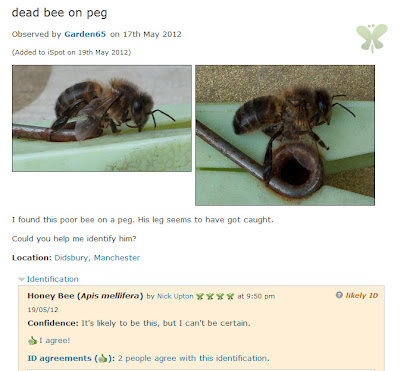How was your bank holiday? Did you visit friends, or buy some furniture; or something more adventurous – a trip to the seaside perhaps? I spent mine reading a book in bed.
We did try to go out. A garden centre seemed a dull but potentially fruitful outing given the patch of bare earth currently in the garden. Not being interested in gardening the two male members of the party were looking forward to the bacon butties in the café. A win/win situation you would think. Foolishly however, we hadn’t taken into account the British bank holiday factor.
The garden centre was full of people ambling about very slowly, and maliciously (or so it seemed) occupying every seat in the café. I sensed the holiday spirit draining from Hubby. We sat outside in the cold at a table ignored by the milling crowd, and waited for some service. Hubby grew ominously quiet and Son’s lips turned blue. When we got to the point of discussing Plan B Hubby could only come up with ‘going home and having cheese on toast’. So we left sharpish before the onset of a stress induced heart attack.
Today then, with normality returned and everyone gone back to their respective workplaces I had a little bank holiday of my own. I’ve just been to a local National Trust Park (Styal) and had a pleasant people-free amble.
It was beautiful, full of birds, and delicate flowers and strange buzzing creatures. Compared to my garden it was an Eden of richness. But it wasn’t just for pleasure, I’m planning a post about bluebells so I scouted out some what I think were native bluebells and sat down on the damp earth to take photos and measure flower stalk lengths and generally be weird. It was great; such a release from yesterday’s enforced domesticity.
I moved on, finally perching on a fallen tree overlooking a river. There was a nuthatch and two jays, a very yellow butterfly, a friendly beetle, light reflected off the water onto tree trunks making patterns like smoke and there was a strange mewing sound which I have a sneaking suspicion was made by an owl chick. Peace and beauty were everywhere.
And then I heard the siren call of cake
.
When do you leave the countryside? How long do you spend in it before you have to go?
This visit was just that – a visit. Before I even set out I made a deal with myself that I’d get back home in time not to worry or inconvenience anyone else in the family. To spend some time in the countryside during a working day is unusual. It’s an indulgence. There is an unspoken rule that it’s not really acceptable, if others have to work when given the choice they wouldn’t. My own burden of guilt is another matter, but I think I am not the only one who has an unarticulated feeling that being outside, with its related sense of freedom, is an experience that has a time limit. And this is normally, particularly when visiting a National Trust property, measured by the cake in the café (or the bacon butty if you are a man) at the end of the visit.
To leave a NT park without purchasing anything is not normal. Is it enough to go home with just lowered blood pressure? I have to confess, while I sat on the tree trunk glorying in nature there was a part of me clammering for cake. It’s awful to say, but true, there was a thought that it wouldn’t have been a fulfilling visit if I hadn’t had the sugar and coffee rush associated with a day out. Terrible.
And yet on holiday in The Lakes we walk up hill and back to the car park without buying anything or having the urge to do so. We eat our food, which generally doesn’t include a Victorian Sponge, on the mountain without any complaint. The difference between the two experiences may be because one is a sanctioned and shared holiday, the other a stolen moment of solitary pleasure. Or is it because the park I was in today is only 20 minutes from home and some part of my psyche hadn’t fully disengaged from the comfort eating created by home?
Tussling with the cake demon I wondered how long I would have been able to stay in the park if I had no obligations to others and I was allowed as much time as I wanted, and needed. All day, two days? The book I read yesterday was Kathleen Jamie’s Sightlines. One essay is about her two weeks spent on the far island of Rona.
“After a mere fortnight I felt lighter inside, as though my bones were turning to flutes.”
I can just about imagine how that must feel; that lightness; no desire for the cake in the café. Just Being. Would it take two weeks of uninterrupted immersion in nature before a true sense of freedom is created?
It never happens does it, though? Everyone’s experience of nature is mediated by the need ‘to get back’.
So did I have that cake in the end?
No, but only because there was a group of school kids in there. I most definitely would have if they hadn’t been there!
















































